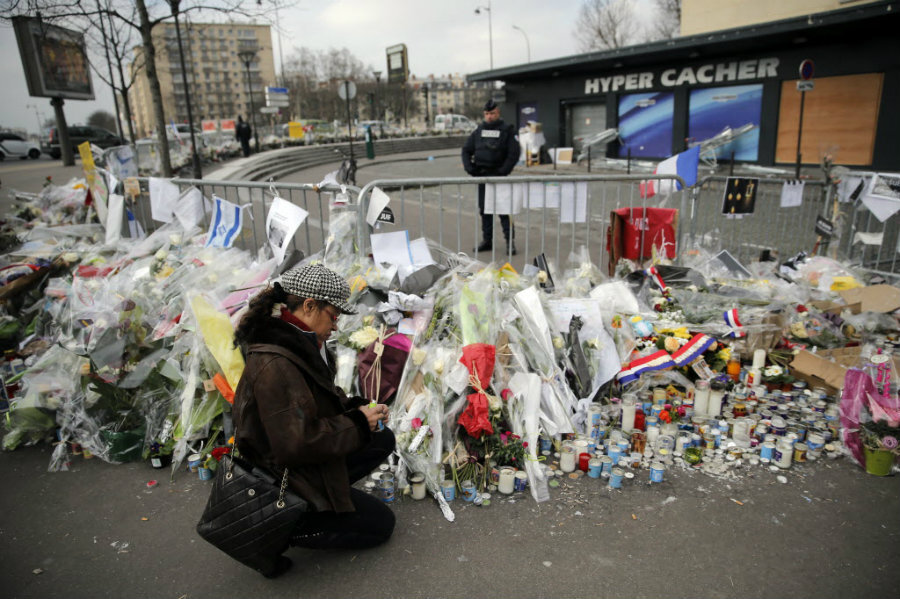Why Paris terrorist wore a GoPro
Loading...
It’s not an event unless it’s on video.
That appears to have been the case for terror suspect Amedy Coulibaly, who wore a camera on his body when he attacked a Jewish grocery store in Paris earlier this month, according to multiple news outlets.
The information, first released by CNN, supports an earlier report by French magazine L’Express that Coulibaly used a GoPro camera to record seven minutes of his raid. He then emailed a copy of the clip using a computer at the market before he was killed by police, according to L’Express reporter Eric Pelletier.
Coulibaly killed four people and held others hostage at the kosher supermarket on Jan. 9, shortly after the attack on French magazine Charlie Hebdo occurred.
CNN reported:
Coulibaly was carrying the GoPro camera on his torso during the January 9 attack and subsequent standoff, the source told L'Express. French investigators have viewed the recording, said Pelletier, who shared details of his reporting with CNN.
"There is a strong probability that this video may have been transmitted to a recipient and not to a traditional media outlet," said an investigator, who expressed his fear to see that video surface online one day.
The use of Internet as a terrorist tool not new. For years, terrorists have used online message boards, chat rooms, and their own websites for psychological warfare, coordinating attacks, spreading propaganda, raising funds, and recruiting, professor and cybersecurity expert Gabriel Weimann wrote in his 2004 report on modern terrorism and the Internet.
“Terrorists now have direct control over the content of their message ... [enabling them] to manipulate their own image and the image of their enemies,” Mr. Weimann wrote.
The rise of social media in recent years has only increased the Internet’s value for terrorist organizations. In June last year, the militant group Islamic State began using Twitter, Instagram, Youtube, and other social networks in tandem with its territorial takeover of parts of Iraq and Syria.
ISIS supporters used memes, GIFs, and hashtags to spread the militants' message and promote their goal of uniting the Middle East into a single Muslim caliphate, untouched by Western influence.
One of the group’s earliest Twitter campaigns, for instance, used #SykesPicotOver, referencing the boundaries drawn by Western powers in the Middle East after World War I. The tag trended worldwide.
The militant group has since attracted a growing number of recruits from the region and around the world, including young people from countries such as Australia, the United Kingdom, and the United States.
ISIS also effectively uses the Internet to spread fear. In recent months, the group has released online a number of graphic execution videos – usually beheadings of kidnapped journalists and aid workers considered representatives of Western ideals.
The latest video, still unverified, shows Japanese journalist Kenji Goto holding a photo of his companion, security contractor Haruna Yukawa. Yukawa has allegedly been killed by ISIS militants because the Japanese government refused to pay the $200 million ransom the group demanded.
Governments, including the US, have tried to counter the militants’ messaging. After the defeat of ISIS fighters in the Syrian border city of Kobane earlier this week, State Department officials seized the chance to debunk the group’s propaganda of glorious death in honorable battle.
The Christian Science Monitor reported:
“If you’re an 18-year-old disaffected guy” seeking an antidote to a lack of purpose in the “recesses of the Internet ... what was glory and conquest is now hundreds of bodies in the streets of Kobane,” a senior State Department official told reporters Tuesday following word of Kobane’s fall into Kurdish hands.
“You’re not going to be part of something that great.... You’re not going to have a female slave” but instead will be dispatched to the front lines as thousands of foreign fighters were in Kobane, the official said.






